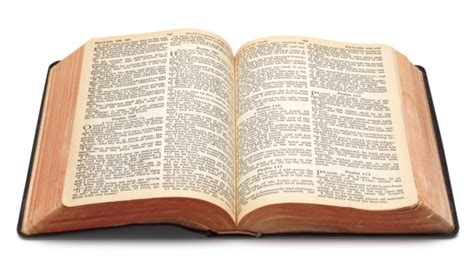What was is symbolic of?
Was there more than one layer of symbolism?
The question comes from an old post written in reply to me from somewhere else about OT saints. Here's the quote...
"Yeah, they lived behind the veil and couldn't see the mystery. But, thanks be to God, he ripped it from bottom to top and they no longer could claim that ignorance."
I thought it might be worth exploring.
The ceremonial law of circumcision (Bloody husband) It is used to represent Christ. The unseen spiritual husband
The vail to represent the foreskin cut off. . . . of the first born again of
God's spiritual understanding, birth used in that
parable. Not born
of men. Flesh gives
birth or
understanding of
flesh
Moses law of circumcision used in a continuation of the doctrine mankind must be born again of Holy Spirit of God Almighty. The seed of second born beginning with the apostle
Abel who was murdered by his brother
Cain for
Abel preaching the
good news
God protecting the second born seed
(Christ). He appointed another second born to replace
Abel. . Enos. It was then and not a second before when born again mankind began to hear the call unto the authority of the
name of
Christ.
Genes 4:25-26 And Adam knew his wife again; and she bare a son, and called his name Seth: For God, said she, hath appointed me another
seed instead of
Abel, whom
Cain slew. And to Seth, to him also there was born a son; and he called his name
Enos: then began men to
call upon the
name of the Lord.
Establishing a person must be born again "marvel not"
Marveling, it just leads to wondering, wondering, marveling ?
Moses signified as the voice of God in that parable did not give directions to the priestess Zipporah . In that parable like the Isaac and Abrahm
parable a
figure of speech
Genesis 22:13 And Abraham lifted up his eyes, and looked, and behold behind him a
ram caught in a thicket by his horns: and Abraham went and took the
ram, and offered him up for a burnt offering in the stead of his son.
Same kind of parable using Zipporah the anointed priestess the sacrificial . Bloody husband twice to emphasize
Exodus 4:24;And it came to pass by the way in the inn, that the Lord met him, and sought to kill him.;Then Zipporah took a sharp stone, and
cut off the foreskin of her son, and cast
it at
his feet, and said, Surely a
bloody husband art thou to me.;So
he let
him go: then she said, A
bloody husband thou art, because of the
circumcision.
When the vail used to represent the foreskin was rent from the top to the bottom there was no literal bloody husband sitting in the holy of holies .Satan fell and could no longer deceive all the nations of the world God is a dying Jewish man and not a eternal invisible Holy Spirit




